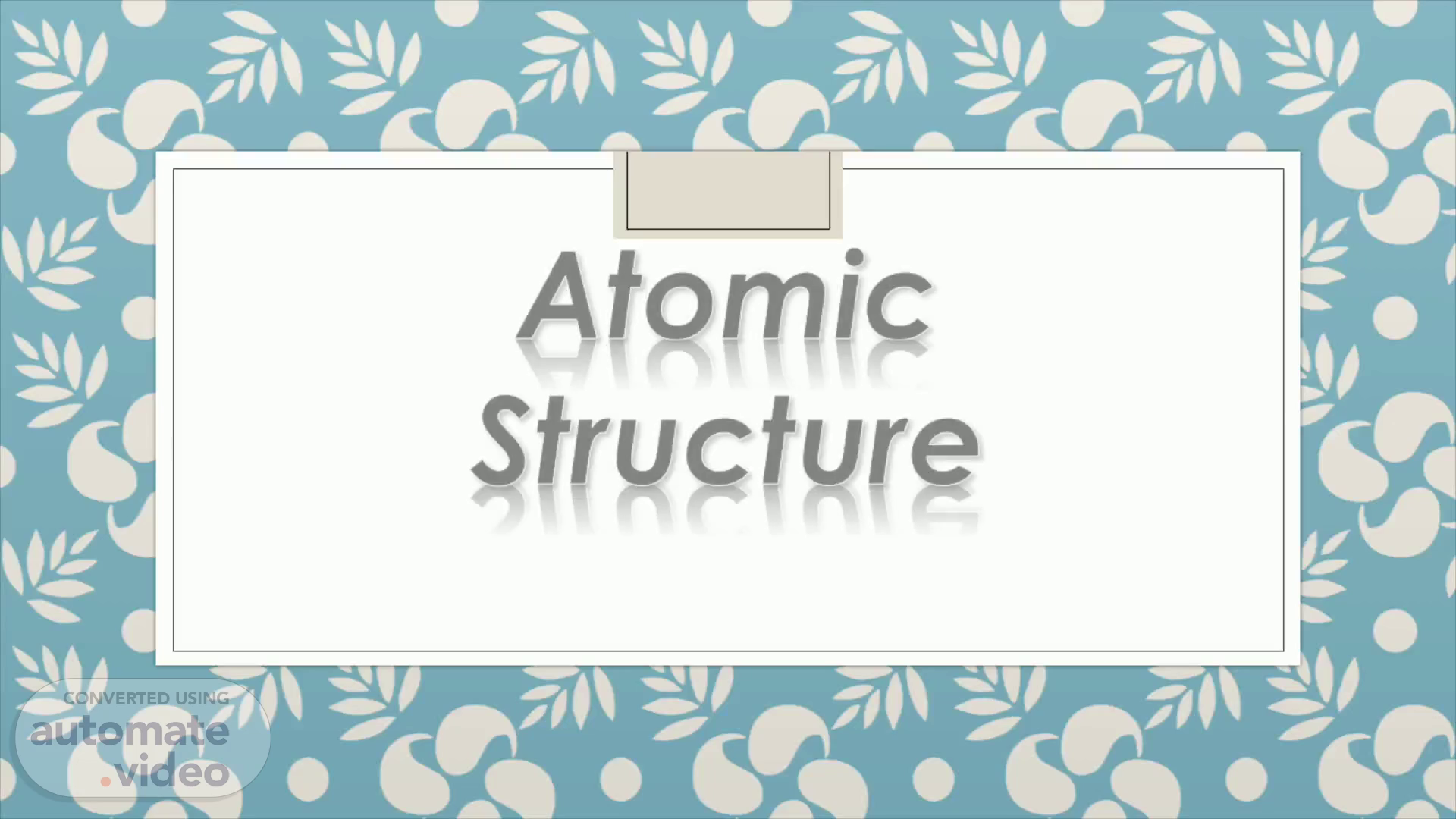Scene 1 (0s)
[Virtual Presenter] Atomic Structure. Chemistry HOMEWORK.
Scene 2 (6s)
[Audio] John Dalton known as father of atoms and atomic theory. Atoms consist of an extremely small, positively charged nucleus surrounded by a cloud of negatively charged electrons. Although typically the nucleus is less than one ten-thousandth the size of the atom, the nucleus contains more that 99.9% of the mass of the atom..
Scene 3 (29s)
[Audio] Eugen Goldstein 1st observed the protons although it was named and identified in other nuclei by British physicist Ernest Rutherford in 1919. Protons are positively charged and electrons are negatively charged while neutrons have no charge. Protons are not free to move, hence only electrons can move if we provide them enough energy. Protons have a positive electrical charge of one (+1) and a mass of 1.67×10−27 kilograms..
Scene 4 (1m 4s)
[Audio] Neutrons, along with protons, are subatomic particles found inside the nucleus of every atom. Neutrons have a neutral electric charge (neither negative nor positive) and have slightly more mass than positively charged protons . The mass of the neutron can be approximated to 1.674*10-27 kg. In May 1932 James Chadwick announced that the core also contained a new uncharged particle, which he called the neutron..
Scene 5 (1m 37s)
[Audio] J.J. Thomson decided to find out for sure. Thomson was a physics professor at Cambridge University in the UK. He placed cathode tubes in electric and magnetic fields. An electron is a negatively charged subatomic particle that can be either bound to an atom or free The rest mass of the electron is 9.1093837015 × 10−31 kg, which is only 1/1,836the mass of a proton..
